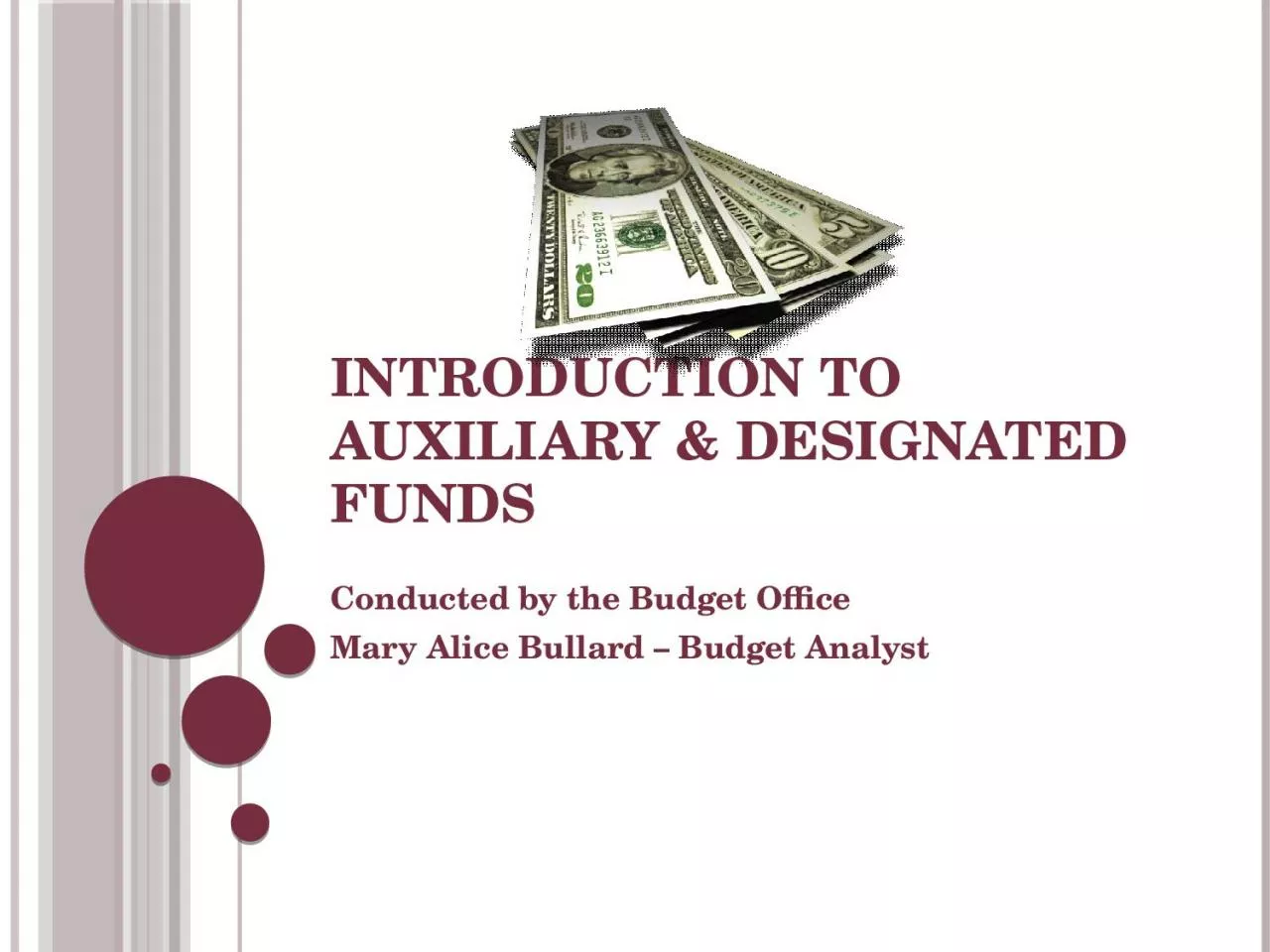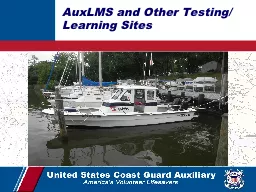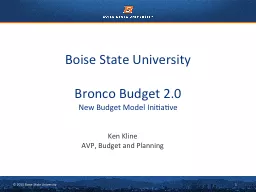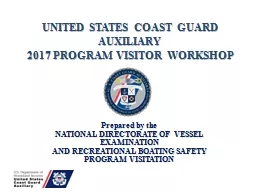PPT-Introduction to Auxiliary & Designated Funds
Author : iris | Published Date : 2024-01-03
Conducted by the Budget Office Mary Alice Bullard Budget Analyst What will we cover Introduction to University Funds Definition of Terms Auxiliary Types Auxiliary
Presentation Embed Code
Download Presentation
Download Presentation The PPT/PDF document "Introduction to Auxiliary & Designat..." is the property of its rightful owner. Permission is granted to download and print the materials on this website for personal, non-commercial use only, and to display it on your personal computer provided you do not modify the materials and that you retain all copyright notices contained in the materials. By downloading content from our website, you accept the terms of this agreement.
Introduction to Auxiliary & Designated Funds: Transcript
Download Rules Of Document
"Introduction to Auxiliary & Designated Funds"The content belongs to its owner. You may download and print it for personal use, without modification, and keep all copyright notices. By downloading, you agree to these terms.
Related Documents














